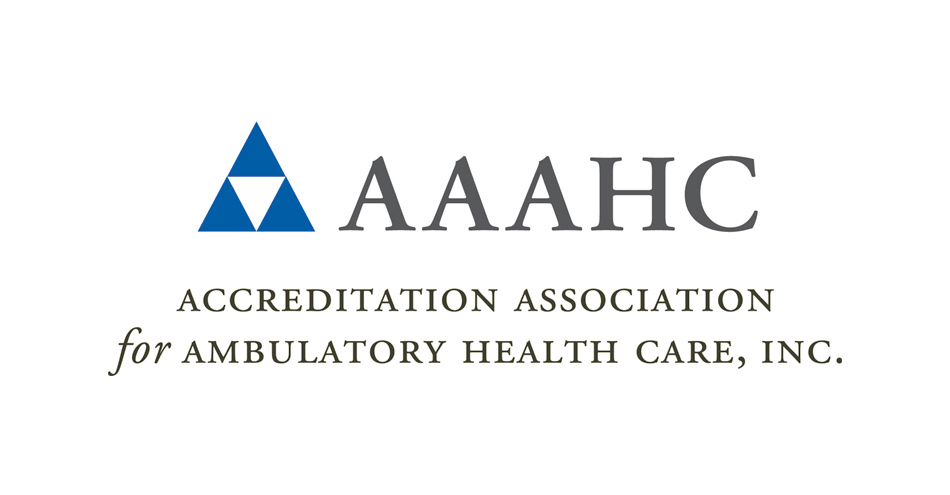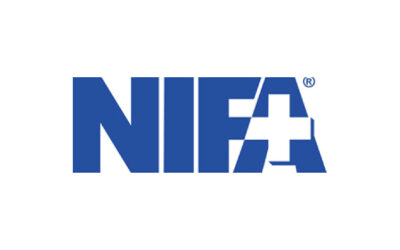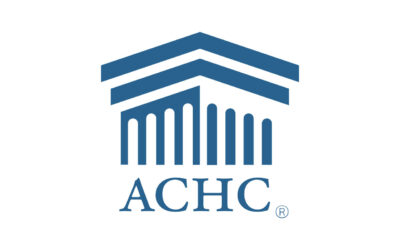By Brian E. Szumsky and Marcia Patrick, RN, CIC
In October 2016, AAAHC published its annual “Quality Roadmap.” Using data compiled from all surveys conducted under 2015 Standards, this year’s report identified that standards from chapter 7, Infection Prevention and Control and Safety, were involved in almost 40 percent of the deficiencies reported in surgical/procedural settings. The introduction to the chapter states, “an accreditable organization … maintains ongoing programs designed to (1) prevent and control infections and communicable diseases and (2) provide a safe and sanitary environment of care.” While deficiencies in these standards can range from improper use of multi-dose vials to expired medications and supplies to inadequate disinfection of equipment, for the purposes of this article, we will focus on environmental cleaning.
Organizations accredited by AAAHC are required to have an infection prevention and control risk assessment and related policies in place, so infection outbreaks are expected to be the exception and not the rule. That said, anytime an organization experiences an infection event, there is likely to be quick effort to review and revise policy and/or processes. However, there may be times when human error allows an opportunistic bacterium to infect single or multiple patients.
With that in mind, organizations such as the CDC and AORN address these issues with guidelines addressing sterilization, isolation, and physical environment among others.
The CDC study identifies five categories of infection control in ASCs as hand hygiene and personal protective equipment, injection safety and medication handling, equipment reprocessing (e.g., sterilization and high-level disinfection), environmental cleaning, and handling of blood glucose monitoring equipment. A 2010 study of 68 U.S. ASCs found that two-thirds had at least one lapse in infection control, and 57 percent were cited for deficiencies in infection control.
Findings of this kind raise eyebrows and, more crucially, vigilance regarding how facilities ensure patient safety. While lapses in infection precautions are alarming, they also present an opportunity for change in organizations through consultative guidance and education.

WHEN do we clean?
Patient treatment areas require cleaning before use and between patient visits. For between-patient cleaning, the surfaces or equipment touched by the patient, and any other surface visibly soiled, must be cleaned with an EPA-registered disinfectant for health care use.
Terminal cleaning at the end of the day requires the cleaning of all horizontal surfaces, medical equipment, high touch areas, and floors, again using an EPA-registered disinfectant for health care use. Terminal cleaning is more intensive than the cleaning that occurs between patient visits and must be compliant with the organization’s policies and any applicable State requirements.
Beside the recommendations noted above for before and between patient visits and terminal cleaning at the end of the day, AORN has developed guidelines for frequency. See https://www.aorn.org/websitedata/cearticle/pdf_file/CEA14517-0001.pdf
WHAT do we clean?
Beyond the obvious – materials and equipment that have come into direct patient contact – carpeting, cloth furniture, counter tops, curtains/drapes, and mattresses should all be subject to regular disinfecting. For example, the American Society for Healthcare Environmental Services of the American Hospital Association recommends that “privacy curtains should be cleaned any time there is visible dust or soil and as a part of the terminal cleaning process whenever an area has been occupied by a patient who has been on contact or droplet precautions. To prevent cross contamination, the privacy curtains should be taken down immediately after an area has been occupied by a patient who has been on isolation precautions, and clean curtains should be hung before the next patient occupies the area” (AORN, 2011). In ambulatory settings, this translates to a written policy and procedure addressing cleaning of privacy curtains that must be followed. Some ambulatory facilities are eliminating privacy curtains in new construction. The exam table is oriented so the foot of the table is not facing the door, and a colored flag or light system is used to indicate the status of the room so staff are not entering when a patient is on the table, unless involved in their care.
HOW do we clean?
Despite the fact that some health care settings are at low-risk for transmitting infections, it is not acceptable to use over-the-counter products when cleaning surfaces and medical equipment. Regardless of the setting, organizations should use an EPA-registered disinfectant for health care use and follow manufacturer’s instructions for its use in regard to amount, dilution, contact time, safe use, and disposal. (Search EPA registered hospital disinfectants for additional information.)
Consultatively, AAAHC and AORN both suggest assembling a multi-disciplinary team to define facility-specific policies regarding environmental cleaning, including frequency, process and products used. The team selects cleaning chemicals, materials, tools, and equipment; determines cleaning schedules; and devises protocols for responding to potential infection events, such as blood and body substance spills and environmental contamination.
It is helpful to have a master list of items to be cleaned including who will clean it, what it will be cleaned with, when cleaning is required, and, if needed, how it will be cleaned. A table format works well for this. The team would also define and ensure proper training of personnel responsible for cleaning.
Environmental cleaning is a critical component in creating a safe, pathogen-free facility for patients and staff. The time and detail required to implement an effective IPC program may appear daunting. However, with planning and clear goals, it is manageable. Conversely, the cost to patient and staff safety resulting from an avoidable infection event can be incalculable.
Download a free pdf copy of the AAAHC Quality Roadmap 2016 at http://www.aaahc.org/en/institute/Quality-Roadmap/
About the authors
Brian E. Szumsky is Communications Project Manager at AAAHC. He has been with the company since 2015 and has worked with the consulting arm (Healthcare Consultants International) and the AAAHC Institute for Quality Improvement.
Marcia Patrick, RN, CIC, has over 30 years of experience in infection control, including acute care, ambulatory care, adult and pediatrics in medical centers and community hospitals. She served on the APIC Board of Directors from 2009 to 2012 and helped develop the APIC Ambulatory Surgery Course to meet the 2009 CMS infection control requirements for ambulatory care.








